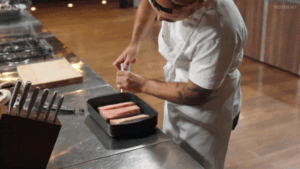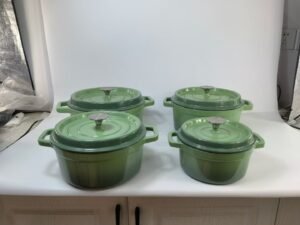Cast iron heats slowly but retains heat really well because of its thickness. Carbon steel is very responsive to heat and cools down faster than cast iron. This makes carbon steel great for quick, delicate cooking, while cast iron is perfect for slow-cooking and heat retention.
Let’s explore these differences in more detail to understand which material might be best suited for your market.
Target Customers for Cast Iron Cookware
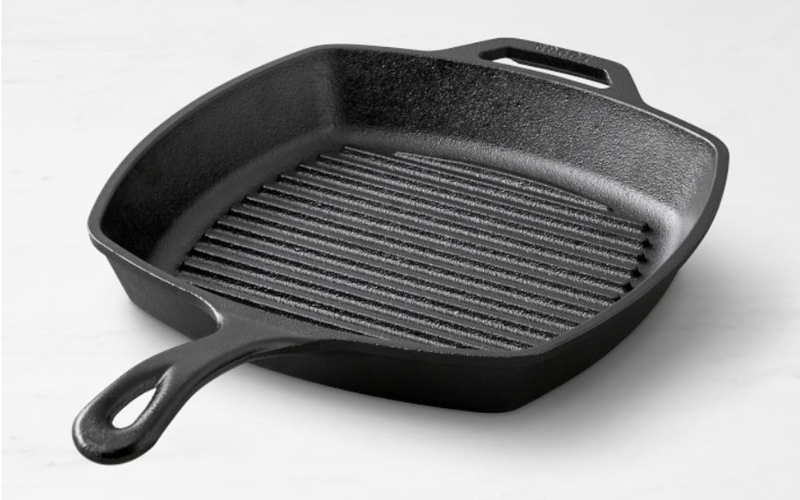
Professional Chefs and Home
- Chefs: Professional chefs love cast iron because it retains heat so well and is versatile for cooking everything from searing meats to slow-cooking stews.
- Home Cooks: Home cooks love cast iron because it’s durable and enhances the flavor of food through seasoning.
Advantages of Cast Iron:
- Heat Retention: Cast iron retains heat really well, which makes it great for slow cooking and searing.
- Durability: Cast iron is extremely durable and can last for generations with proper care.
- Versatility: You can use it on the stovetop, in the oven, or even over a campfire.
- Enhances Flavor: With proper seasoning, cast iron can develop a natural non-stick surface that enhances the flavor of food.
Safety and Surface Treatment:
Surface Safety: Seasoned cast iron surfaces are safe for cooking as they develop a natural non-stick layer. Enamel-coated cast iron is also safe and prevents food from reacting with the metal.
Safety Testing: Cast iron cookware must pass food safety tests such as the LFGB (German Food and Feed Code) and FDA (U.S. Food and Drug Administration) standards to ensure they are free from harmful substances.
Usage Tips:
Avoid Abrasive Cleaners: Use mild soap and water, avoid harsh chemicals.
Regular Seasoning: Maintain the non-stick surface by regularly seasoning the cookware.
Handle with Care: Use oven mitts as handles can get very hot.
Target Customers for Carbon Steel Cookware
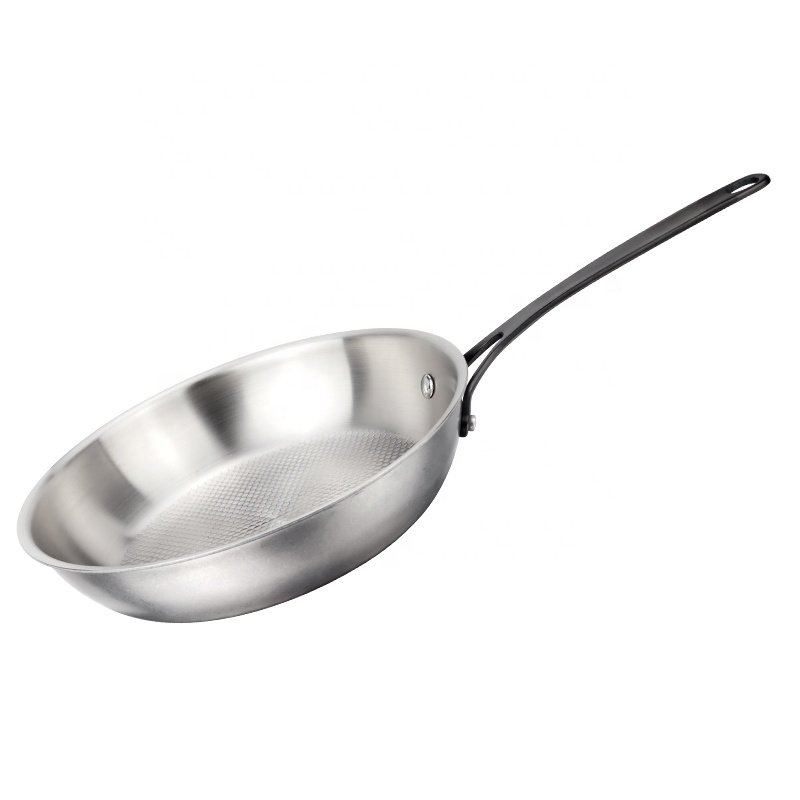
Professional Chefs and Enthusiast Cooks:
Chefs: Professional chefs who need cookware that heats up and cools down quickly, allowing for precise temperature control, love carbon steel.
Enthusiast Cooks: Serious home cooks and food enthusiasts who value quick heating and responsiveness in their cookware.
Advantages of Carbon Steel
- Quick Heating: Heats up and cools down faster than cast iron, giving you better temperature control.
- Lightweight: Carbon steel is generally lighter than cast iron, making it easier to handle. Versatility: You can use it for high-heat cooking and delicate tasks like sautéing.
- Durability: While not as heavy as cast iron, carbon steel is still highly durable. Safety and Surface Treatment: Surface Safety: Like cast iron, carbon steel needs to be seasoned to create a non-stick layer that is safe for cooking. This process also helps prevent rusting.
Safety Testing: Carbon steel cookware should also pass food safety standards such as LFGB and FDA certifications.
Usage Tips:
Regular Seasoning: To maintain its non-stick surface and prevent rust, regularly season the cookware.
Hand Wash Only: Avoid using dishwashers, which can strip the seasoning.
Dry Immediately: After washing, dry thoroughly to prevent rust.
Is It Worth Procuring Cast Iron and Carbon Steel for Your Kitchenware Business?
Cast Iron:
- Worth Procuring: Absolutely. Cast iron is a staple in many kitchens because it’s versatile, durable, and retains heat well. It appeals to a wide range of customers, from professional chefs to home cooks.
- Market Demand: There is consistent demand for high-quality cast iron cookware. Products like Dutch ovens, skillets, and grill pans are particularly popular.
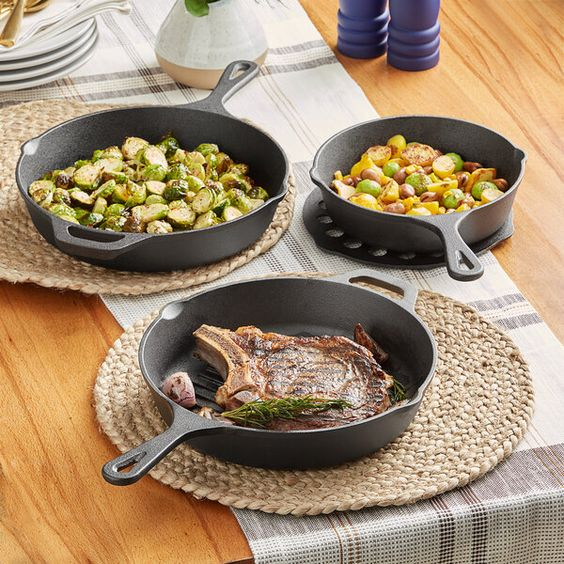
Carbon Steel:
- Worth Procuring: Yes. Carbon steel cookware is growing in popularity, especially among professional chefs and serious home cooks who appreciate its quick heating and responsiveness.
- Market Demand: Demand is growing for carbon steel pans, particularly for tasks requiring precise temperature control, such as sautéing and quick frying.

Popular Cast Iron Products Loved by Chefs and Home Cooks
| Dutch Ovens | Perfect for slow-cooking, braising, and baking. |
| Skillets | Ideal for frying, sautéing, and even baking. |
| Grill Pans | Excellent for grilling indoors. |
| Bacon Press | Keeps bacon flat and evenly cooked. |
| Pizza Pans and Cornbread Pans | Great for baking with a crispy finish. |
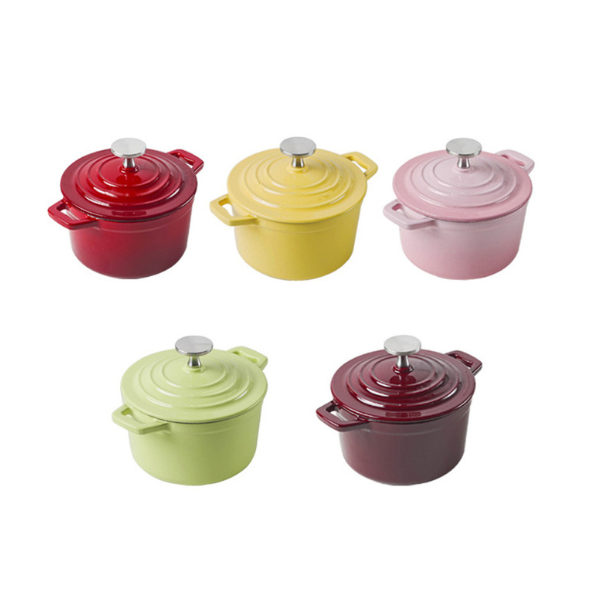
Cost Comparison:
Cast Iron vs. Carbon Steel
Initial Cost: Cast iron cookware is generally less expensive than carbon steel, making it a popular choice for many kitchens.
Maintenance Cost: Cast iron requires regular seasoning to maintain its non-stick surface, while carbon steel needs less frequent seasoning.
Longevity: Both materials are highly durable, but cast iron tends to last longer if properly maintained.
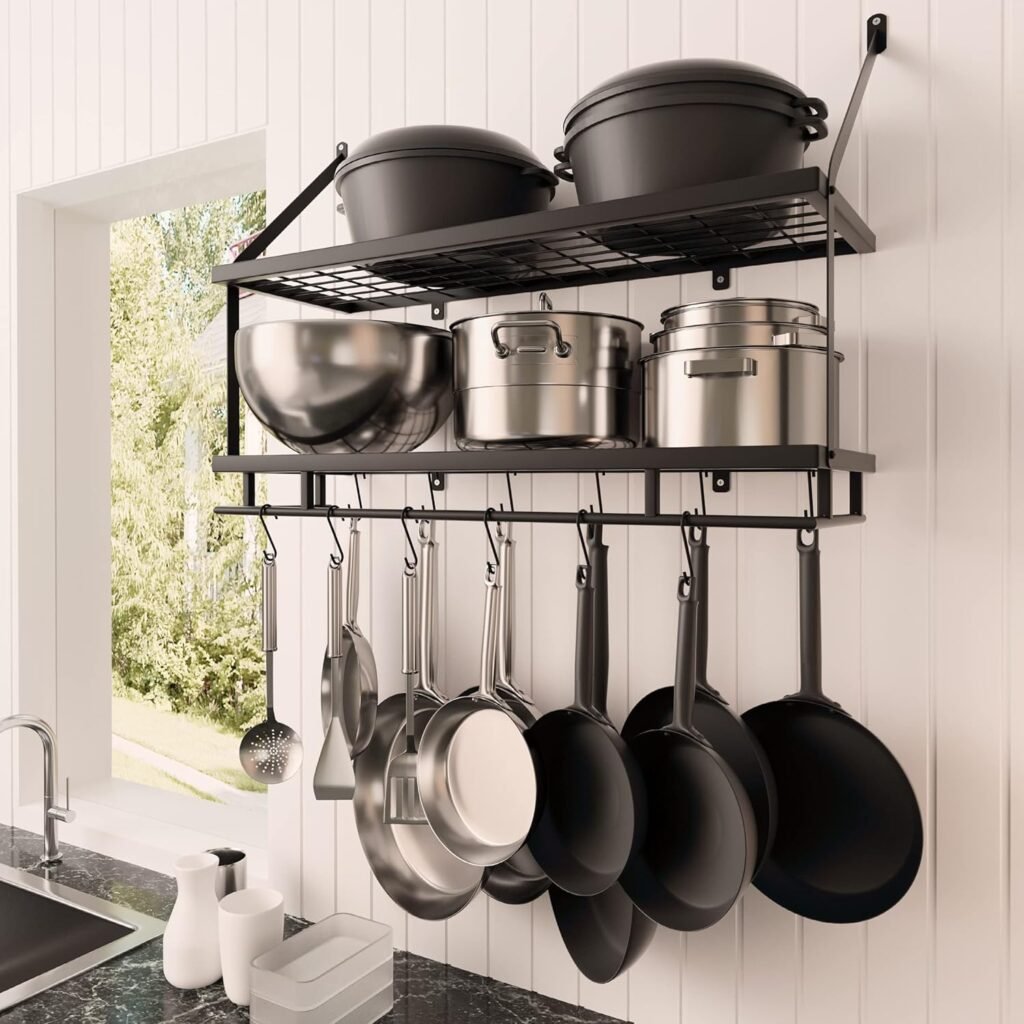
Summary
For wholesalers, buyers, and distributors, offering both carbon steel and cast iron cookware can meet diverse customer needs. Cast iron is ideal for slow, even cooking, while carbon steel is perfect for quick, high-heat cooking. Both materials provide unique benefits, making them valuable additions to any product line.


